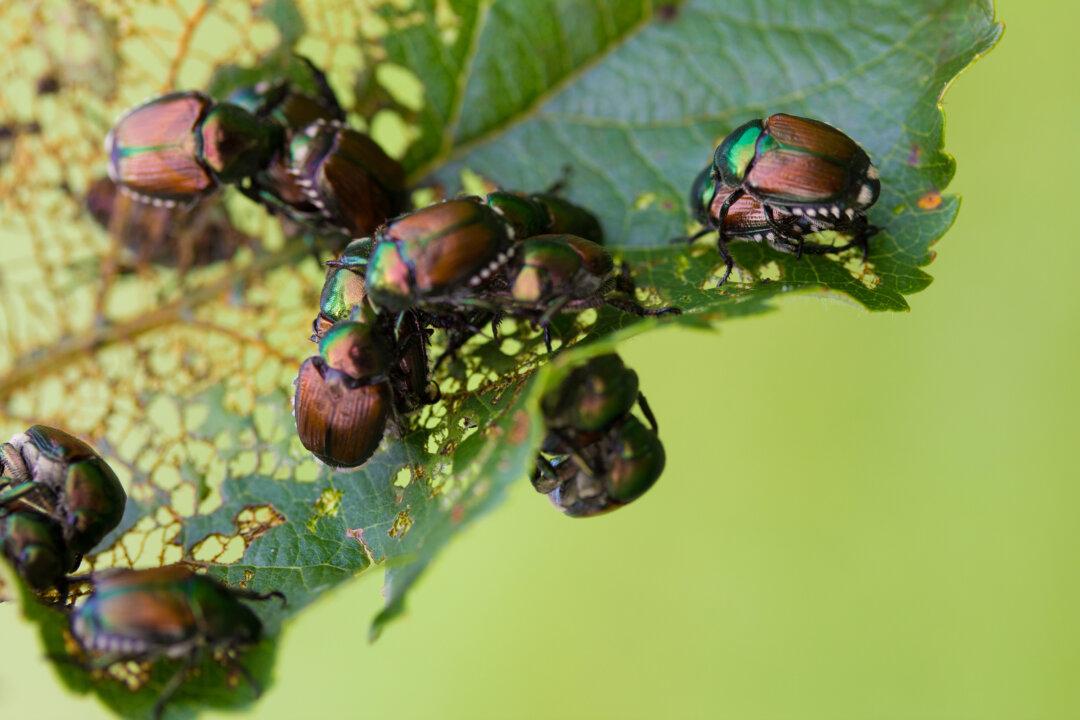By Aaron Mudd
From Lexington Herald-Leader
First found in the United States in 1916, after accidentally being introduced in New Jersey, the invasive Japanese beetle has been marching westward ever since.

First found in the United States in 1916, after accidentally being introduced in New Jersey, the invasive Japanese beetle has been marching westward ever since.